Kunstkamera (Peter the Great Museum of Anthropology and Ethnography)
The oldest museum in Russia is home to a fascinating collection of nearly two million anthropological artifacts and anatomical curiosities.
Tucked away on the second floor of St. Petersburg’s Museum of Anthropology and Ethnology is Peter the Great’s stunning array of medical curiosities. Everything from the encephalitis-swollen skulls to the specimen tumors was documented meticulously by the Tsar, who ordered the creation of this first state museum in 1714.
Tourists might be motivated by morbid interest, but the collection was never intended to be a freak show. As part of Peter’s broader push to modernize Russia, the collection was started in an attempt to reduce superstition. It was hoped that cataloging malformed infants and debilitating diseases as quirks of nature would quell superstitious beliefs that blamed misfortune on demons and monsters. Peter issued an edict that the bodies of deformed infants should be relinquished to the collection.
In 1716, Peter the Great visited the Dutch anatomist Frederik Ruysch, and purchase his entire collection. which included more than 2,000 preparations on embryology and human anatomy, more than 1,000 specimens of small mammals, reptiles, and insects, 259 preserved birds, and a other samples of butterflies, sea animals, shells, and dried plants. The same year, he also acquired the collection of Albert Seba, which included plant and animal specimens from South America as well as artwork from Japan, China, and across South America.
Community Contributors
Added by
Edited by
Plan Your Trip
The Atlas Obscura Podcast is Back!








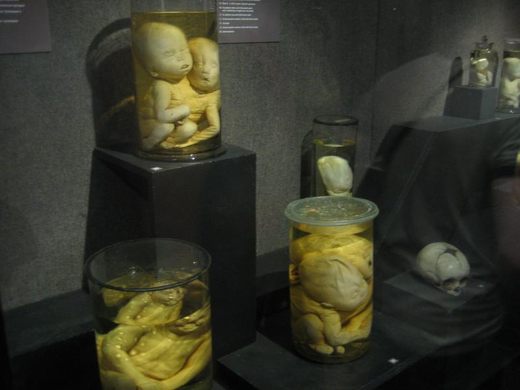
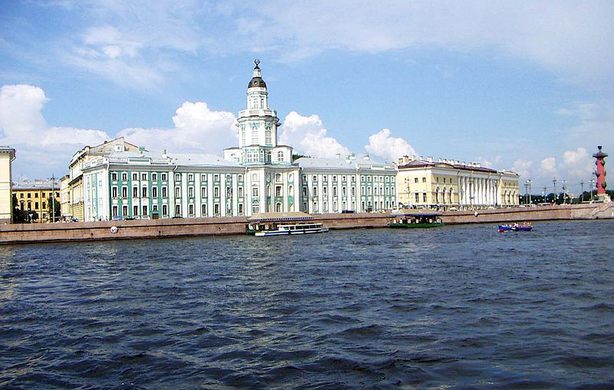

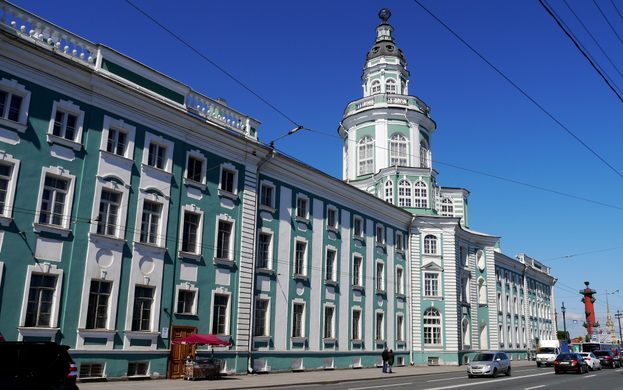




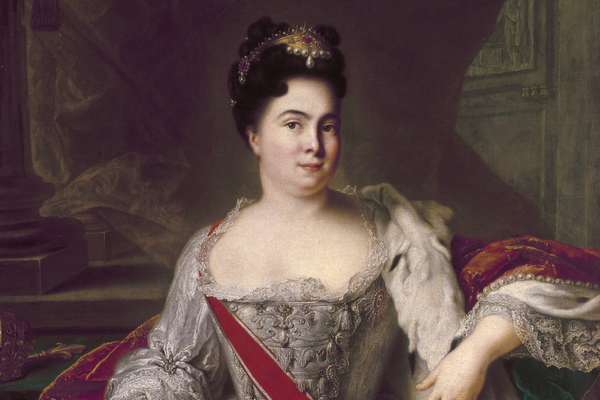

















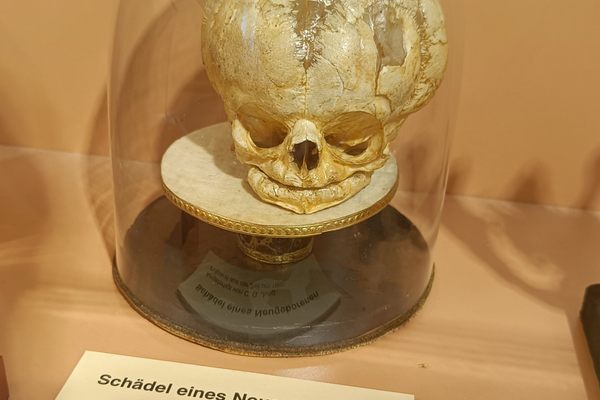




Follow us on Twitter to get the latest on the world's hidden wonders.
Like us on Facebook to get the latest on the world's hidden wonders.
Follow us on Twitter Like us on Facebook